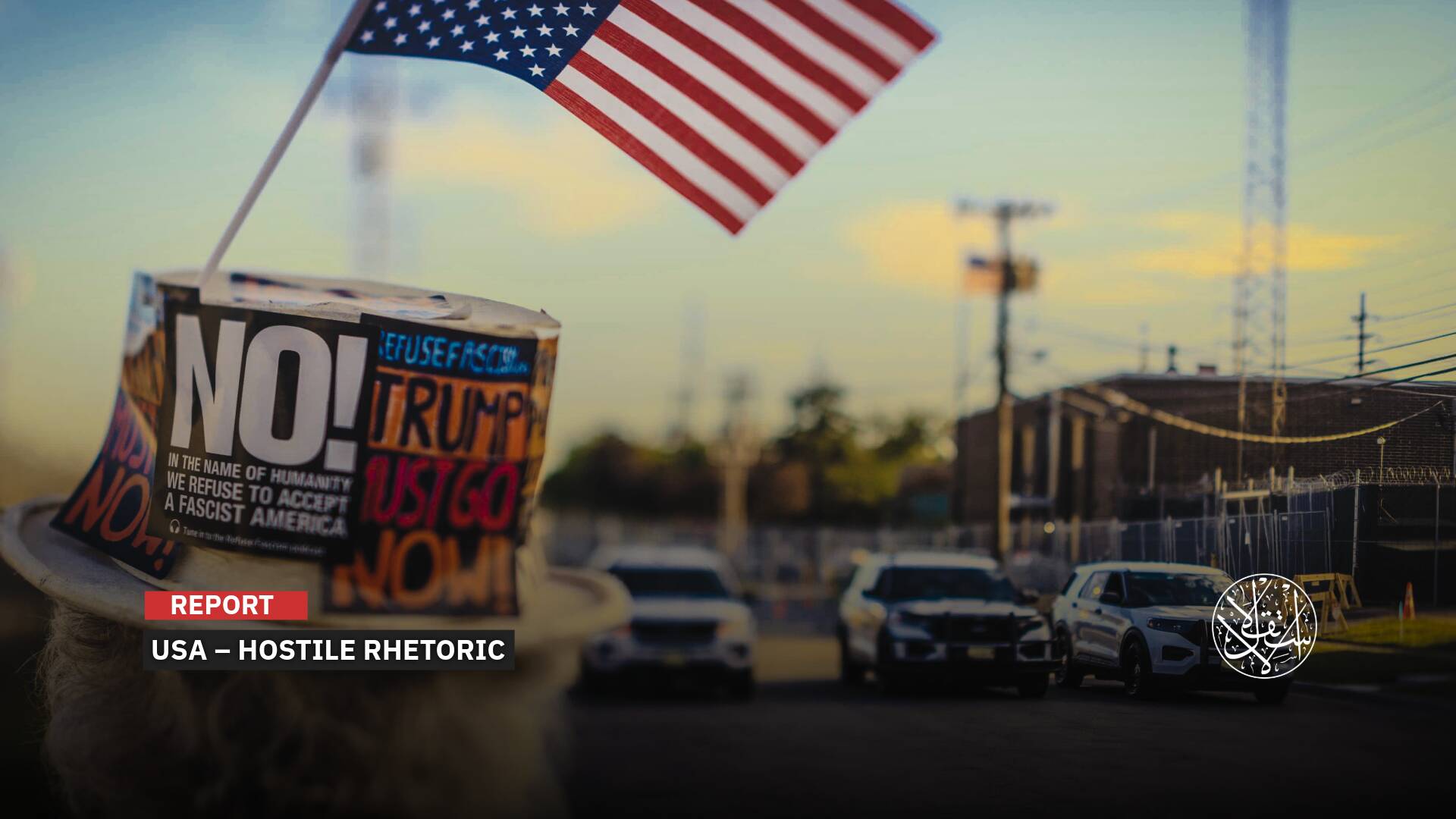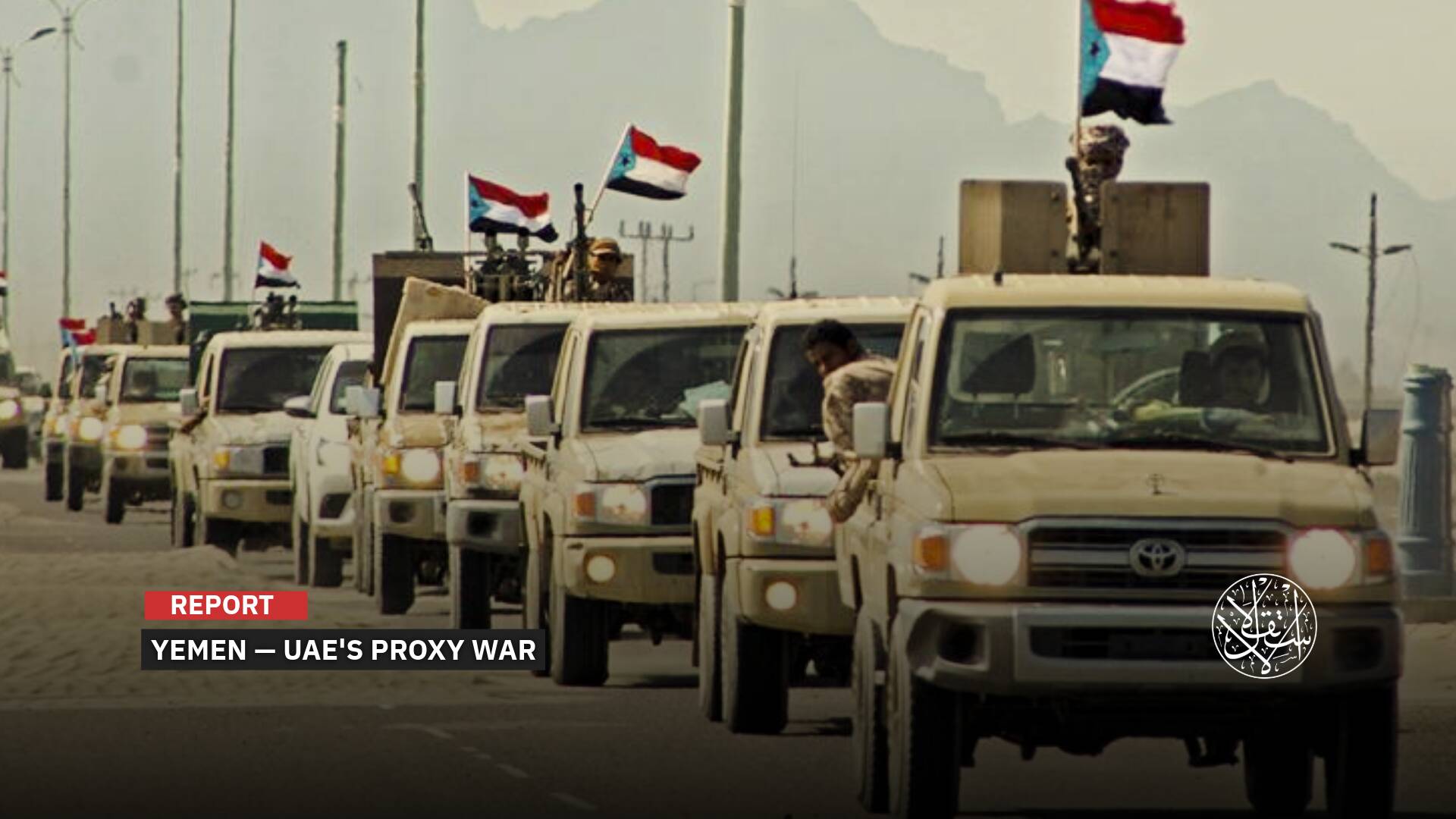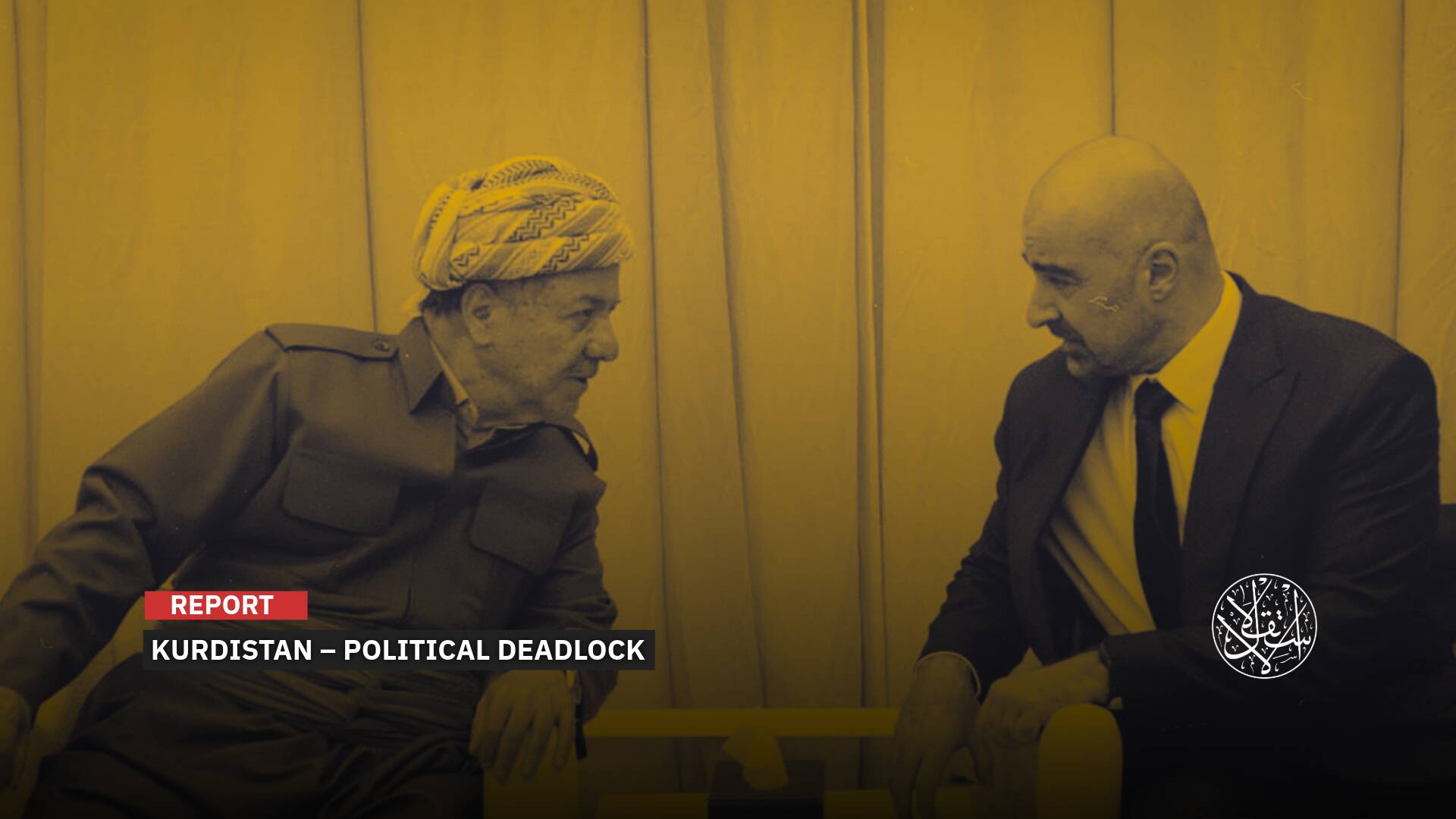Why Did the UAE Pull Back from the U.S.-Led Maritime Force in the Gulf?

The sudden withdrawal of the United Arab Emirates from a US-led maritime security force, Combined Maritime Forces (CMF), has sparked wide-ranging debates about the reasons behind this move, its timing, and its connection to Iran.
On May 31, 2023, the UAE announced that it had suspended its participation in the Combined Maritime Forces aimed at safeguarding security in maritime routes, particularly the Strait of Hormuz, through which one-third of the world’s seaborne oil passes.
On May 3, three weeks earlier, Iranian authorities made an announcement regarding the capture of an oil tanker in the strategically important Strait of Hormuz.
The tanker was on its way from Dubai to the port of Fujairah in the UAE.
On April 27, 2023, another tanker heading from the Gulf to the United States was also seized, as part of a series of Iranian operations involving the “harassment or attack” of 15 internationally flagged merchant vessels in the Arabian Gulf over the past two years, according to the U.S. Navy.
U.S. newspapers have linked the UAE’s withdrawal from the Combined Maritime Forces, which comprises 38 countries, to the complaints by the UAE and Saudi Arabia about the declining U.S. protection against Iran.
However, the UAE’s Ministry of Foreign Affairs denied any connection between the withdrawal and perceived U.S. negligence in protecting them, stating on May 31, 2023, that the UAE had withdrawn “two months ago,” despite the U.S. denying the move.
The statement, as reported by the official UAE news agency WAM, attempted to conceal the real and direct reason and stated a vague cause. It declared that the UAE had “withdrawn its participation” from the Combined Maritime Forces as a result of our ongoing evaluation of effective security cooperation with all partners.
The Combined Maritime Forces (CMF) is a multinational maritime partnership, which exists to uphold the Rules-Based International Order (RBIO) by countering illicit non-state actors on the high seas and promoting security, stability, and prosperity across approximately 3.2 million square miles of international waters, which encompass some of the world’s most important shipping lanes.
The joint forces comprise 38 countries, including Arab countries such as Egypt, Saudi Arabia, Bahrain, the UAE, and Yemen, as well as Western, Asian, and Latin American countries.
Its headquarters are located at the US Naval base in Bahrain, and its mission is to ensure security, counterterrorism, and combat piracy in the Red Sea and the Gulf, according to the same website.
The CMF operational area includes some of the world’s most important shipping lanes, including the major passages of the Suez Canal, the Bab al-Mandab Strait, and the Strait of Hormuz.
Reason Behind the Withdrawal
According to the Wall Street Journal on May 31, 2023, citing American and Gulf sources, the reason for the UAE’s withdrawal or the threat of withdrawal is its frustration with the United States’ lack of response to Iran’s recent seizure of oil tankers.
The report stated that Abu Dhabi “pressed” Washington to take stronger steps to deter Iran after it seized oil tankers in the Gulf of Oman in recent weeks, but without success.
Gulf officials told the American newspaper that the United States has failed to do enough to deter the attacks carried out by Iranian proxies in recent years, undermining their confidence in Washington’s commitment to the region.
The Wall Street Journal also quoted American officials as downplaying the threat perceived by the Emiratis but noting the use of U.S. air defense systems to intercept Houthi missiles launched at Abu Dhabi as evidence of their security commitments.
They said they understand the UAE’s concerns and are working with Gulf partners to deter Iran from targeting commercial ships in the region.
In January 2022, the UAE showed an angry reaction when the United States delayed providing assistance after Iran-backed Houthis launched a deadly drone attack on Abu Dhabi, killing three people.
The Washington Post also considered the UAE’s announcement of its withdrawal from this international maritime force as evidence and a hint of tensions between Washington and Gulf allies, who complain that America has not done enough to protect them from Iranian threats.
Analysts say that the UAE’s statement is a message to the United States indicating that Abu Dhabi is not satisfied with the level of American protection for its Gulf allies against Iranian threats and that it is looking out for its own interests.
UAE and Saudi officials have repeatedly expressed their frustration with U.S. policy towards Iran.
According to the UAE political science professor Abdulkhaleq Abdulla, the UAE is not satisfied with the Americans, as reported by the Washington Post.
The newspaper states that UAE officials are trying to maintain a delicate balance between deterring Iran (through invoking American intervention) and easing tensions with Tehran through high-level exchanges and continued active trade between the two.
The Reality of the Withdrawal
Despite the UAE’s announcement in 2023 that it had stopped participating in the Combined Maritime Forces, the U.S. Navy has denied this and ruled out such a step.
According to the CMF website, the UAE is still a member of this maritime partnership led by Washington, indicating that the announcement of withdrawal may be aimed at pressuring Washington.
Cmdr. Timothy Hawkins, a spokesman for the U.S. Navy’s Fifth Fleet in Bahrain, said the U.A.E. remained a “partner” in the force even though it had suspended its participation.
“Regarding their level of participation as a partner, we leave it to our individual partners to speak to that,” he said, adding that the Emirates “withdrew their participation for the moment in the task forces but not their overall membership.”

Reuters highlighted on May 31, 2023, that the UAE has not abandoned the international naval force formed in 2001 to assist in the fight against international terrorism, and it remains one of the 38 partner countries working in the field of security, counterterrorism, and piracy in the Red Sea and the Gulf region.
In what appears to be a response to UAE’s concerns or a form of “pressure” on the United States to address Iran’s seizure of its vessels in the Arabian Gulf, Admiral Brad Cooper, Commander of the U.S. Navy in the region, stated that U.S. warships have increased their patrols in the Strait of Hormuz in response to Tehran’s actions.
Bloomberg revealed on May 5, 2023, that the United States will deploy naval drones or unmanned surface vessels in the Middle East region as a step to confront Iranian threats in vital waterways for global trade.
The United States is working on operating over 100 remotely operated unmanned surface vessels (naval drones) by the end of summer this year, 2023, according to Cooper.
Bloomberg stated that these American moves came after Iran detained an oil tanker while sailing through the Strait of Hormuz, and Washington’s concerns over China’s expanding military and security relations with Gulf countries, as well as its military maneuvers in the region in March 2023.
Captain Colin Corridan, in charge of deploying the unmanned surface vessels, revealed that they were manufactured by American, Canadian, and Israeli companies and described them as eyes on the water providing continuous data.
Reasons Behind the Iranian Move
When the Iranian Navy detained an oil tanker heading from Kuwait to the United States in the Gulf of Oman on April 27, 2023, Iran justified it by stating that the tanker had collided with an Iranian vessel, resulting in the loss of two individuals and injuries to others, and an investigation into the matter was underway.
Following the announcement of the Iranian Revolutionary Guard’s seizure of a second oil tanker departing from UAE ports, six days after the first seizure, the Iranian website Mizan Online mentioned that the Tehran Prosecutor had detained it based on a complaint and order from the judiciary.
What angered Abu Dhabi was that the ship, which departed from Dubai to cross the Arabian Gulf towards the Emirati port of Fujairah, was attacked by dozens of high-speed attack boats belonging to the Iranian Revolutionary Guard in the midst of the strait, and it was escorted to Bandar Abbas port, according to the statement by the U.S. Navy.
It is believed that Iran’s detention of oil-laden ships bound for the United States and the West was a response to Washington’s seizure of Iranian oil tankers. One notable incident was the case of the Suez Rajan ship that disappeared off Singapore in 2022 while carrying Iranian oil, and it was said to be attempting to evade U.S. sanctions.
The Associated Press reported on February 17, 2022, that it was seized by order of Washington.
The U.S. Treasury Department imposed sanctions on the Oman Pride ship in August 2021, alleging its involvement in an international oil smuggling network supporting the Quds Force, a branch of the Iranian Revolutionary Guard, according to the New York Post on May 7, 2022.
Oil exports were one of Iran’s main resources before 2018. However, following the unilateral withdrawal of the previous U.S. President Donald Trump’s administration from the Iranian nuclear agreement, Washington reimposed harsh sanctions on Tehran, prompting Iran to retaliate.
Washington and Tehran have exchanged accusations in the wake of a series of incidents in the Gulf waters, including mysterious attacks on ships, the downing of a drone, and the seizure of oil tankers.
Therefore, Torbjorn Soltvedt, Principal Analyst, Middle East and North Africa at Verisk Maplecroft, stated to AFP on May 3, 2023, that what we see now is a return to a very familiar pattern of U.S. pressure through sanctions, followed by Iranian counter-pressure, with repeated attacks on shipping and energy facilities.
He added that the threat to shipping and energy facilities in the wider region will continue as long as the issue of the Iranian nuclear program remains unresolved.













